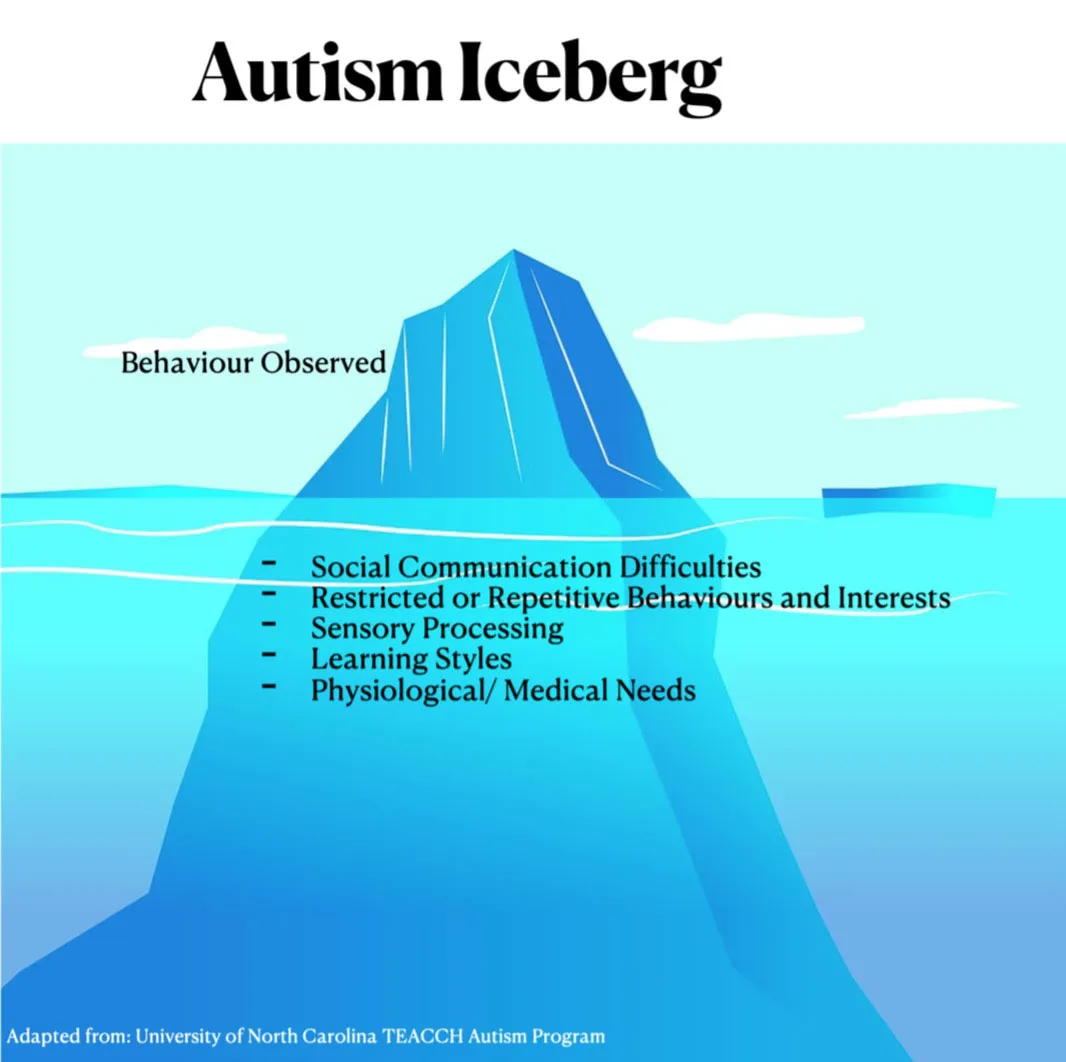
Won’t and Can’t – Knowing the Difference and Shifting Our Perspectives
When autism is discussed, one oft-recurring concern is that of problem behaviours and how they can be eliminated. With regards to this topic, it is critical to highlight that the focus cannot be solely on the behaviour but on the factors surrounding their occurrences. In the words of Ros Blackburn, an internationally known speaker who is on the autism spectrum, “’Behaviour’ is not the issue. It is a by-product, the end result of autism.” Let’s take a closer look at the characteristics of autism and why Ros Blackburn refers to “behaviour” as the end result of autism.
According to the Diagnostic and Statistical Manual of Mental Disorders – 5th edition (DSM-5), a person diagnosed with autism spectrum disorders will present, in varying degrees, difficulties with social communication and interaction, as well as restricted and repetitive patterns in behaviours, interests and activities. It is known as a “spectrum” disorder because the autism traits present themselves differently in each person. The picture below allows us a closer look at these difficulties and how they may have an impact on the behaviours of a person on the autism spectrum:

The autism iceberg provides a frame from which to understand the behaviours that we observe in a person on the autism spectrum. At the tip of the iceberg, where it is visible to human eyes, are the observable behaviours. To understand the causes of the behaviours, it is critical to examine the reasons beneath the iceberg, which are hidden from sight. These are the difficulties that individuals on the autism spectrum may encounter:
- Social communication
- Restricted or repetitive behaviours and interests
- Sensory processing (refer to previous article)
- Different learning styles
- Physiological and/or medical needs (not due to autism, but a need that any of us have)
When a child on the spectrum experiences difficulties in any of the areas mentioned above and does not have the ability to manage or overcome them, the result could be a display of behaviours that he may turn to because that is the only method known to him. Hence, as Ros Blackburn pointed out – it is a by-product of autism. This leads us to the main discussion – “won’t” versus “can’t”.
With the autism iceberg in mind, it provides us with a lens to re-examine our perspectives when phrases like, “She just won’t listen to my instructions,” are uttered. The word “won’t” implies that the child chose not to listen when she had the ability to do so. However, there are many factors beneath the iceberg impacting the child’s abilities to process and respond to the instructions – which indicates that she can’t because she is not able to. Hence, it needs to be emphasised that it is crucial for everyone working with persons on the autism spectrum to know that all behaviour happens for a reason and is a form of communication. Behaviours could occur due to the following reasons:
- Gaining Attention
- Wanting something tangible
- Sensory stimulation
- Avoidance or escape from an activity or situation
Therefore, understanding the difficulties that children on the autism spectrum may face and the purpose of the behaviour, are key to supporting difficult behaviours.
For example, is my child deliberately jumping off from the top of the sofa to get my attention (won’t communicate appropriately), or is my child jumping off from the top of the sofa to get my attention because she does not know how to do it appropriately (can’t communicate appropriately)?
Consider this next example:
A 5 year old child is leaping on the spot and slapping the floor with both palms during circle time. Is the child deliberately causing a ruckus during the activity (won’t) or is he possibly not able to manage the sensory information and communicate his need for help to soothe himself (can’t)?
So, the next time we observe a child on the autism spectrum displaying challenging behaviours,
Stop and Think
- Why is the child behaving in that manner?
- What difficulties could he be experiencing? (Refer to autism iceberg)
Do
- Keep calm. A calm adult mediates calmness to the child.
- Make sure that the child is safe at all times.
- Acknowledge the need for support when necessary. Ask for help.
- Gather information about the learning profile of the child to make the necessary changes.
- Review how we interact with the child.
- Review the environment or learning materials. Does it support or distress the child?
Shifting our perspectives from won’t to can’t, to understand the child’s behaviours and removing the “not” from can-not, will go a long way to facilitate their learning in areas of social communication, emotional well-being and independence. As adults, we have a choice and can decide to make this shift to support our young ones to grow up in a safe and secure environment, and have a positive experience while learning.
References:
Autism Spectrum Australia (2022). Positive Behaviour Support
Prizant, B.M., Laurent, A. (2011). Behavior is not the issue. An emotional regulation perspective on problem behaviour. Autism Spectrum Quarterly.
National Autistic Society (2022). Behaviour
Notbohm, E. (2005). Ten things every child with autism wishes you knew. Future Horizons.
University of North Carolina (2020). TEACCH Autism Program
